This year saw comic-related movies smash box office records, as The Avengers and The Dark Knight Rises entered the list of the top ten highest grossing films of all time, in third and seventh place respectively. This seems like good news for comic fans, but all of these comic-based films making millions and even billions of dollars are about men.
Unless Black Widow has a ridiculously successful solo screen outing, this isn’t likely to change anytime soon. Although two of our recommended titles have been adapted into films, and the other three have all, at some point or another, had adaptations in some stage of development, they don’t provide much hope. Persepolis, while excellent, was a box office flop and lost the Oscar for Best Animated Feature to Ratatouille. Whiteout replaced one of the principal female characters with a man because obviously no one would want to see a film about two women solving a murder mystery. Fables seems to be the catalyst of the recent fairy tale trend in films and television, but it’s not being adapted itself. The last time I checked, Y: The Last Man was in limbo, partially due to Hollywood executives wanting to make a story that lasts five years into a film that lasts two hours. While Marvel focused its attention on The Avengers, The Runaways, a film that had already put out casting calls, quietly disappeared.
Basically, we’re saying that it’s best to read these stories in their original form, because waiting for the big-budget adaptation means you might be waiting forever.
Whiteout
Writer: Greg Rucka
Penciller: Steve Lieber
The first thing you need to know about this comic is that it is not the movie. Don’t watch the movie. Pretend the movie doesn’t exist. The next thing you need to know is that it is written by Greg Rucka, a man whose work could very easily have constituted an entire recommendation post on its own.
A body has been found on the ice in the Antarctic, and it is up to Deputy U.S. Marshal Carrie Stetko to find out not only who the faceless man is, but who killed him. While trying to figure out the matter of whoisit and whodunit, Stetko must deal with punishing cold, a fast-approaching deadline, and the disrespect of the majority of the male inhabitants of a station where the ratio of men to women ranges from 200-400 to one. Along the way, she meets and teams up with Lily Sharpe, a woman who may or may not be a British spy.
What makes Whiteout brilliant is the same thing that brightens up every one of Greg Rucka’s works: women who are competent, flawed people with agency and personality. Like Wonder Woman, Renee Montoya, Kate Kane, and all the other women Rucka is known for writing, Carrie Stetko and Lily Sharpe are certified badasses who deal with just as much tragedy and hardship in just as interesting a way as the men in other stories do. They’re what Strong Female Characters™ could be if they were people instead of fantasies.
Runaways
Writer: Brian K. Vaughan
Penciller: Adrian Alphona
Let’s be honest: the number one reason why everyone should read this series is that it features a telepathic raptor. That it also features a whole host of fascinating female characters is just the icing on the cake.
The story begins when the the families Wilder, Yorkes, Dean, Stein, Hayes, and Minoru gather for their annual business meeting, the parents leaving their six teenage and preteen children to their own devices while they talk about business. The kids eavesdrop on the meeting from a secret passageway and witness their parents killing a young woman in a ritualistic sacrifice. Faced with the fact that their parents are supervillains, Alex, Gert, Karolina, Chase, Molly, and Nico decide that it is up to them to become superheroes in order to stop the villainous Pride.
Runaways is an exceptional series for a number of reasons. The first is that it features a superhero team with a majority female membership. The second is that the leader is always a person of colour, and, for most of the run, a woman. The third is that it eventually has a really delightful queer couple made up of two aliens, one a lesbian with rainbow energy-shooting powers (which sounds like bad satire but is actually awesome) and the other a bigendered shapeshifter with the powers of the Fantastic Four. We’ll leave you to discover the rest of the reasons for yourselves.
Persepolis
Writer: Marjane Satrapi
Penciller: Marjane Satrapi
I (Megan) was first introduced to this book in a class on the graphic novel. Like Art Spiegelman’s Maus or Alison Bechdel’s Fun Home, Persepolis is a literary, autobiographical comic that quite adamantly disproves any notion that comics are only meant for kids.
Persepolis is the story of one girl’s coming of age during the Islamic Revolution in Iran. According to the blurb printed on the book, it is a tale of “the contradictions between private and public life in a country plagued by political upheaval; of [Marjane’s] high school years in Vienna facing the trials of adolescence far from her family; of her homecoming -- both sweet and terrible; and, finally, of her self-imposed exile from her beloved homeland.” While this is a pretty accurate summation of the story, it doesn’t tell you exactly why you should read it.
In the first few pages, the young Marjane introduces herself as the last prophet, destined not only to end unfair suffering and subvert a masculine tradition of prophecy, but to have jam sessions with God in her PJs. Her rebellious and unconventional personality causes her to chafe against the fabric of a newly restrictive society. Over the course of the book, we get to see the world through her eyes just as she is learning to understand it herself (filtered, admittedly, through the lens of an older, wiser self with an extensive art education). It’s a thoroughly enjoyable look “beyond the veil” that Western society tends to throw over the Middle East in general, and Middle Eastern women in particular.
Y: The Last Man
Writer: Brian K. Vaughan
Pencillers: Pia Guerra and Goran Sudžuka
In the musical Avenue Q, there’s a song called “What Do You Do With a B.A. in English?/It Sucks to Be Me.” That compound title is basically Y:The Last Man in a nutshell.
A recently graduated English major and escape artist, Yorick Brown becomes the last man on Earth following the gendercide, a plague that instantaneously wiped out every animal with a Y chromosome. Unfortunately, the mass death took place just as Yorick was proposing to his girlfriend over the phone, so he must travel to Australia to get her answer. His companions on the journey through a semi-post-apocalyptic landscape are his bodyguard, Agent 355, an increasingly violent and increasingly sympathetic member of a secret organization, and the brilliant, cold, and compelling Dr. Allison Mann, a geneticist who is trying to figure out what saved him.
I (Megan) wrote my Honours thesis on this series, and throughout the process I often joked that I could write a lengthy essay about every single one of the major female characters. (Writing this blog now, I’ll probably get my chance.) In addition to 355 and Dr. Mann, there are Alter, an Israeli general whose search for the last man does not bode well for anyone; the Other Beth, a former flight attendant who’s haunted by the memory of her last moments in the air; Hero, Yorick’s sister who copes with the gendercide by descending into violent madness before discovering her own heroism; and many others. In a series where basically everyone’s a woman, it’s not surprising to find a wealth of strong female characters.
Fables
Writer: Bill Willingham
Pencillers: Mark Buckingham, Lan Medina, Steve Leialoha, and Craig Hamilton
I, Ashley, have a confession to make: currently, Fables is the only comic series that I follow and actively purchase. That’s because it’s awesome.
First published in 2002 and still going strong, Fables follows various characters from fairy tales and folklore (the Fables) who were forced out of their homelands when it was overtaken by “the Adversary.” They now reside in modern-day America (Fables who are or can pass as human live in the community of Fabletown in New York City, while non-human Fables live on “the Farm” in upstate New York), facing modern challenges and fighting some literal battles.
While all the characters are well-known ones, such as Snow White, Prince Charming, and the Big Bad Wolf, Willingham’s writing... reinterprets them, to say the least. Snow White is the intelligent and sarcastic first ex-wife of Prince Charming, introduced as the deputy mayor of Fabletown. Rose Red, her sister, is a reformed party girl and anarchist who finds her calling managing the Farm. Briar Rose and Cinderella were Prince Charming’s second and third wives, and the latter now works as a spy. Amazingly, Willingham has given some pretty bland princesses some pretty awesome backstories and complexities, and given them key roles in Fables’ story arcs to boot.
If you do decide to pick up any of these titles, please choose to support your local comic shop.
If you’re looking for a woman-friendly comic store in the Lower Mainland of B.C., try Central City Comix.
And while we’re on the topic of comics, check out the Hawkeye Initiative (probably NSFW). You won’t regret it.

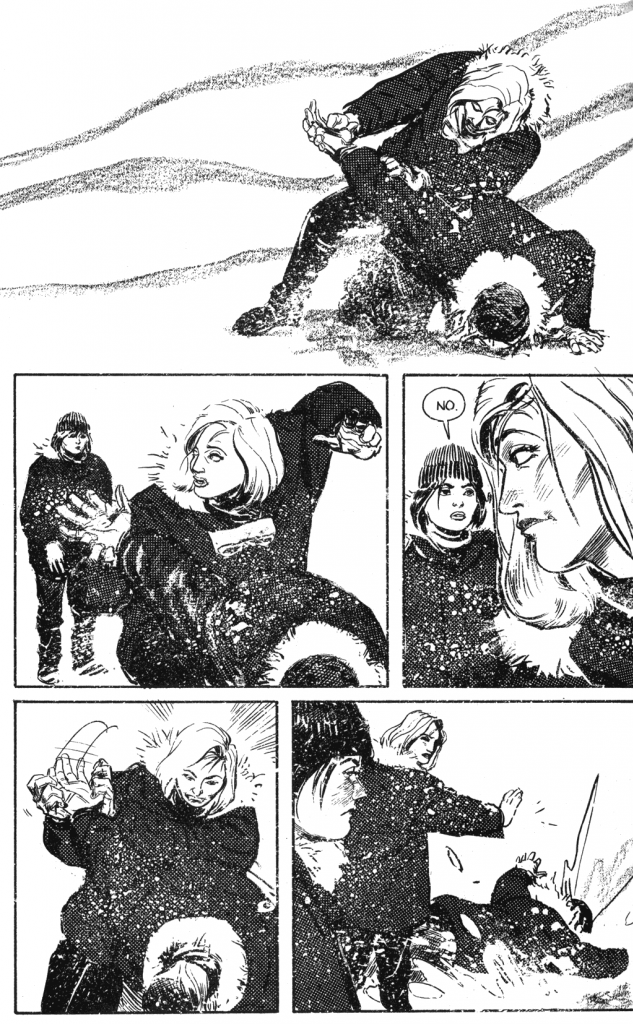
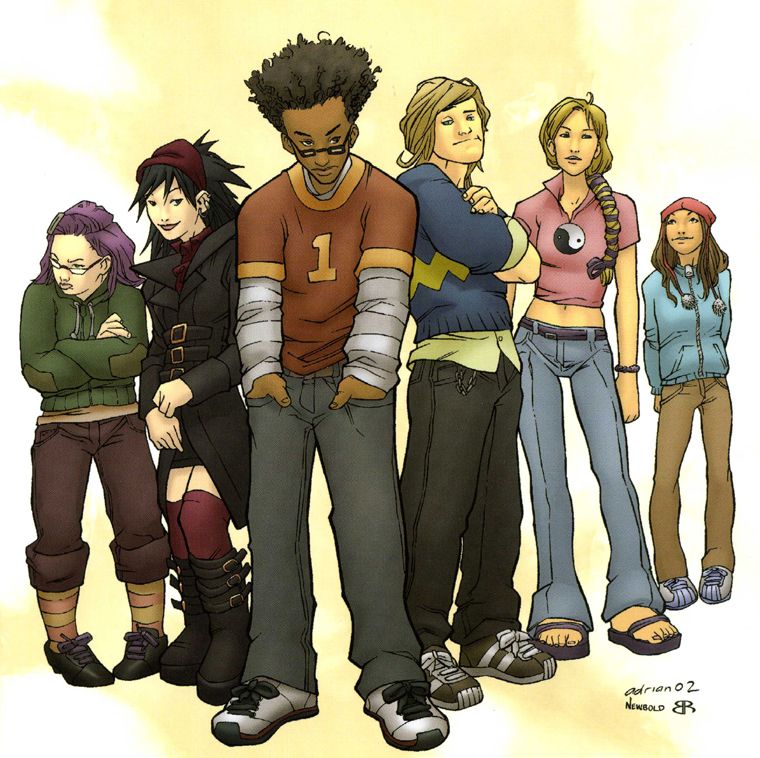
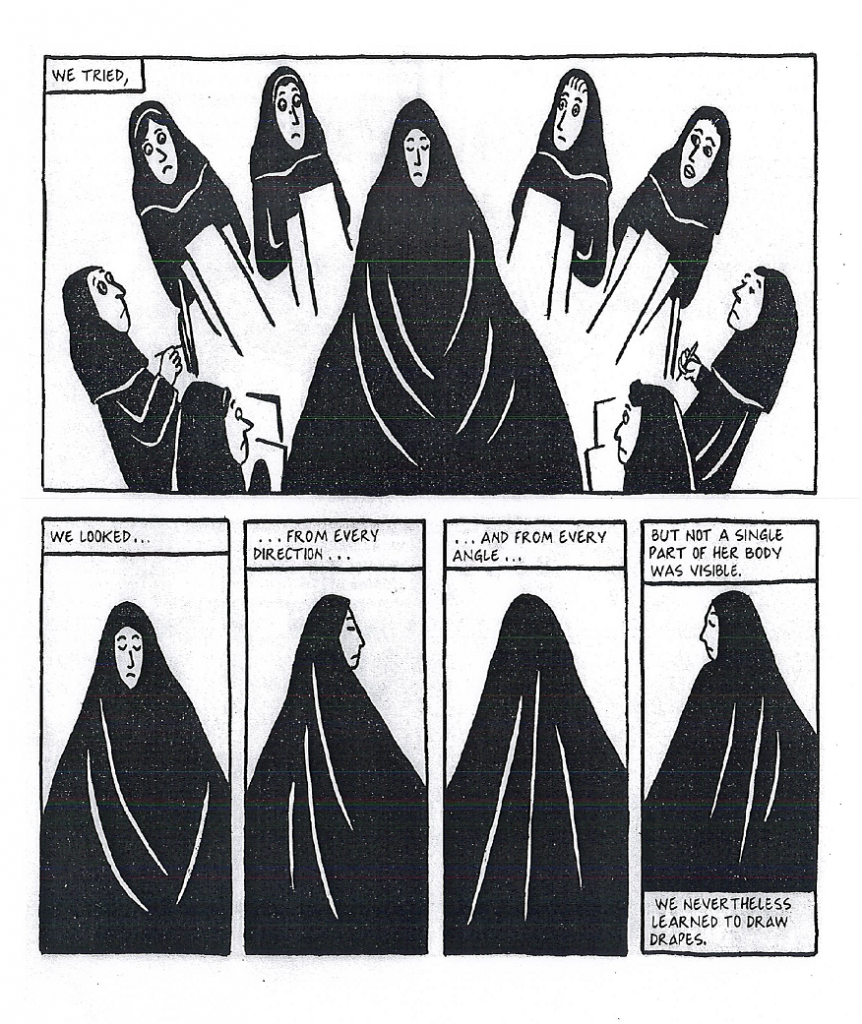
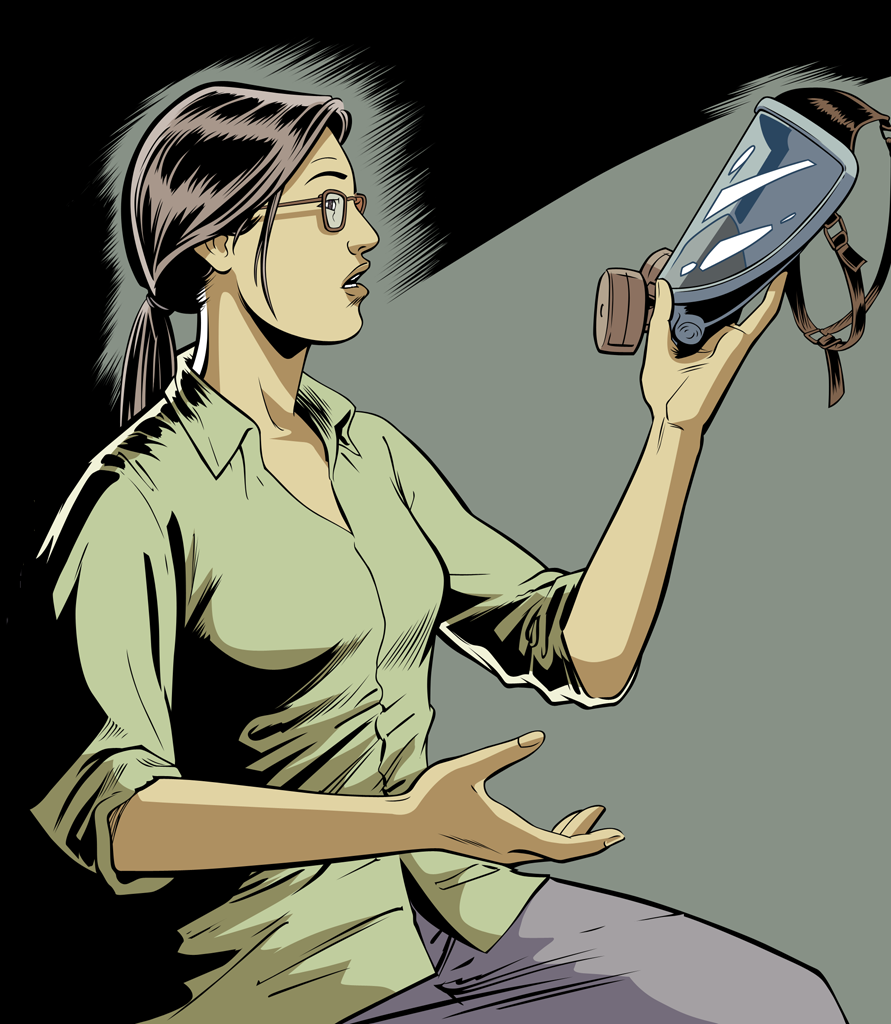
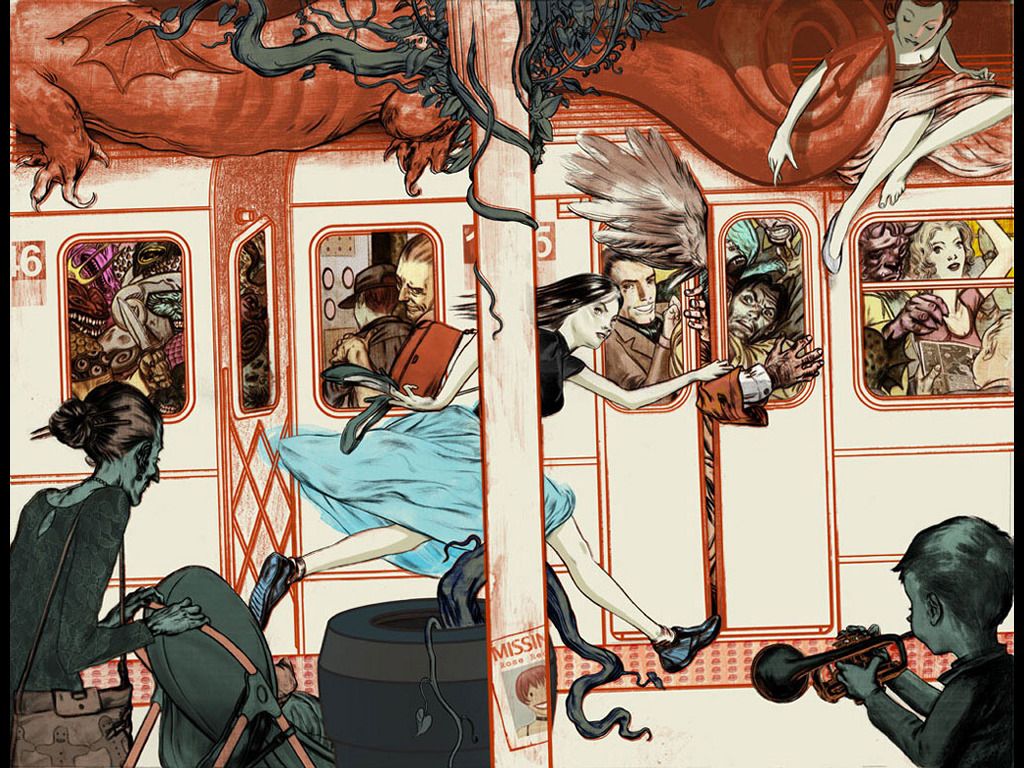
I'd add to that list Neil Gaiman's Sandman series - while the main character is male, the women play a huge role - his sister is Death! - and are all treated like complex, well rounded human beings. (Actually, for this reason, I'd suggest pretty much all of Neil Gaiman's work, but not all of it is comics.)
ReplyDelete